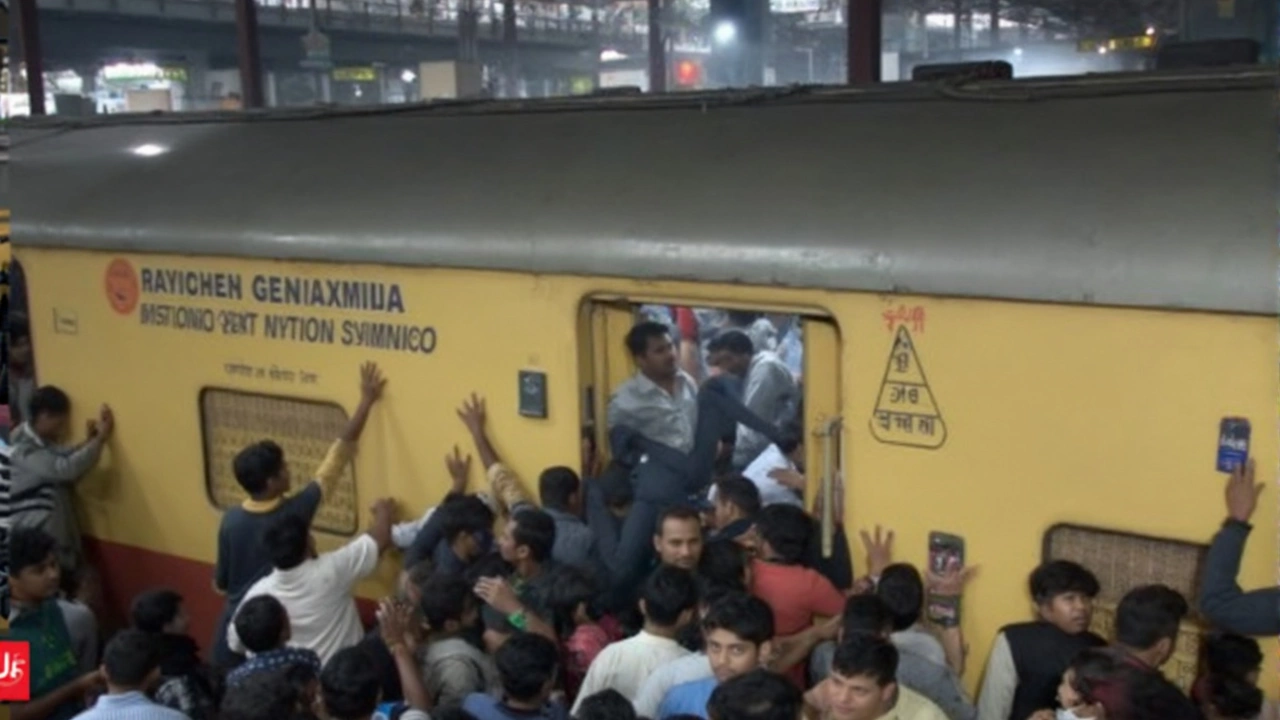Railway Station Incident: What Happens and How to Stay Safe
Ever been stuck on a platform when something unexpected goes wrong? Whether it’s a sudden train delay, a slip on the floor, or a more serious emergency, knowing the basics can keep you safe. In this guide we’ll break down the most common types of railway station incidents, what you should do in the moment, and how to avoid getting caught off guard.
Typical incidents you might see
Most station mishaps are quick and easy to handle. A few examples:
- Platform slips and falls: Wet floors, spilled drinks, or uneven tiles can cause a tumble.
- Train door accidents: Doors closing too fast or a passenger getting caught can happen, especially during rush hour.
- Unplanned stops or delays: Mechanical issues or signal problems may leave you waiting longer than expected.
- Medical emergencies: Someone feeling faint or having a heart issue needs immediate help.
- Security threats: Suspicious bags or people acting oddly should be reported right away.
Understanding these scenarios helps you react calmly instead of panicking.
What to do the moment an incident occurs
Stay calm and assess. Take a quick look around. Is anyone injured? Is there a fire or smoke? If it’s a minor slip, help the person up and make sure the area is dry.
Alert station staff. Use the nearest help desk, intercom, or the emergency button on the platform. Staff are trained to call emergency services, clear the area, and guide passengers.
Move to safety. If a train is about to depart and you’re near the edge, step back a few meters. Keep clear of doors that are closing and watch for any moving equipment.
Call for medical help if needed. If someone is unconscious or bleeding heavily, ask a staff member to call an ambulance. If you know basic first aid, you can start gentle CPR or apply pressure to a wound while waiting for professionals.
Report suspicious activity. If you see a bag left unattended or someone acting strangely, tell the nearest railway employee or use the emergency phone. Quick reporting can prevent bigger problems.
These steps work for most incidents, but every situation is unique. The key is to keep your head, get help fast, and stay clear of any danger zone.
Now that you know the basics, here are a few habits that make a big difference.
Check the platform condition. Before you step onto the train, look for wet spots, loose tiles, or anything that could cause a slip. If you spot a problem, point it out to staff right away.
Mind the gap. Many stations have a gap between the train and platform. Stand back a little and watch where you step. This tiny habit prevents a lot of trips.
Keep your belongings organized. Bags and backpacks that hang off your shoulders can get caught in doors. Keep them close to your body or use a small bag that stays on your lap.
Listen to announcements. Train delays, platform changes, and safety warnings are broadcast on speakers. Ignoring them can put you in the wrong place at the wrong time.
Know the emergency numbers. Most stations display a phone number for immediate help. Memorize it or store it in your phone.
Following these simple practices reduces the chance of being part of an incident and equips you to act fast if something does happen.
Remember, railway stations are busy places, and accidents can happen to anyone. By staying alert, using available help points, and caring for those around you, you turn a potentially scary moment into a manageable one. Next time you’re at the station, keep these tips in mind – you’ll thank yourself later.
New Delhi Railway Stampede: Unpacking the Tragic Events and Their Fallout
On February 15, 2025, a tragic stampede at New Delhi Railway Station took 18 lives as the platform struggled with overwhelming crowds heading to the Maha Kumbh Mela. Investigations are underway as authorities face criticism over handling the incident.





